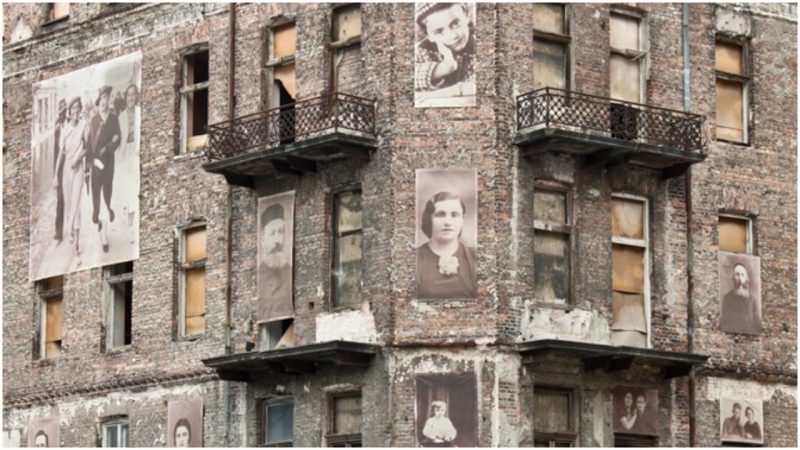There are innumerable tales of sadness and horror surrounding World War II, particularly regarding the fate of the Jews, whom Adolf Hitler treated unmercifully and shipped to concentration camps. In those terrible places, six million Jews met their deaths at the hands of brutal Nazis.
But once in a great while, a story of hope and kindness emerges through that bleak part of the war’s history, and even now, seventy years later, it reminds us that there were individuals who showed enormous generosity to those in peril, at great risk to their own safety.
Just such a story has just been discovered near Warsaw, Poland, in a small town called Otwock. As an old barn was being cleared to allow a new road to be built, a small hideout was found underground, beneath its flooring.
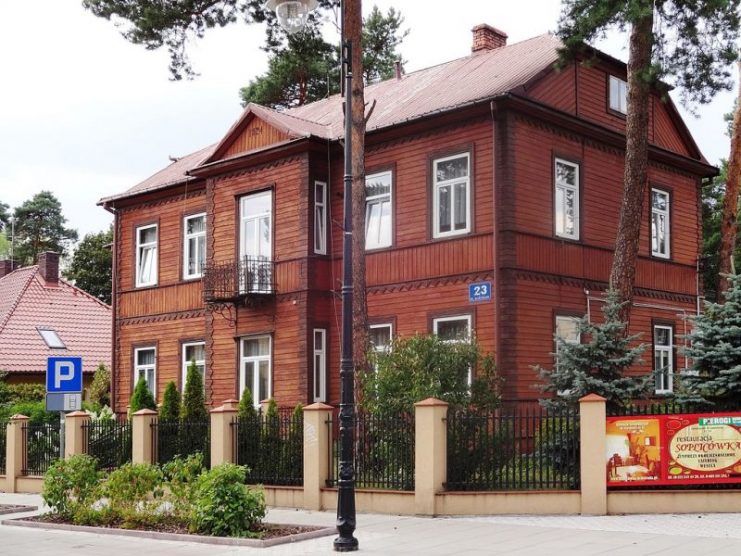
The couple who lived on the property during the war, Sabina and Aleksander Smolarek, were known to have hidden a close Jewish friend, Moshe Bajtel, in their attic. Of course, this wasn’t discovered until the war was over.
Bajtel, a tailor, had been sent to the Treblinka concentration camp in eastern Poland, from which he escaped. He turned to his friends for safe harbor, and they gave it, but it could have come at great cost had they been found out.
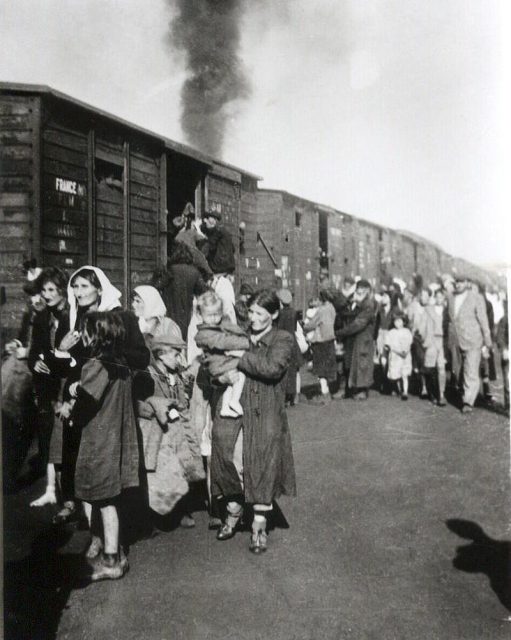
The Nazis regularly patrolled and checked properties in their area for escapees and others who had somehow evaded detection and capture.
Experts had known the Smolareks’ attic was used to hide their friend, but the barn’s underground refuge came as a surprise.
The hiding place is just six feet, six inches long, by four feet, nine inches wide–barely long enough for an adult man to lie down. He would not have been able to sit fully upright once in the hideaway.
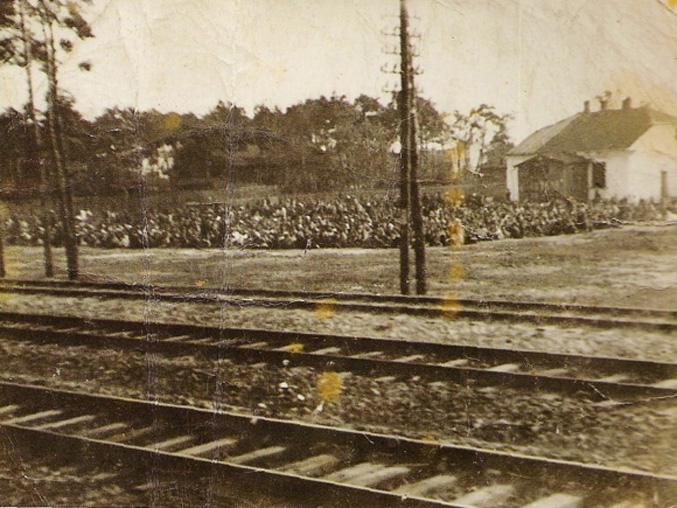
In all likelihood, the couple moved their friend back and forth from the attic to the barn’s hiding place, depending on how much time they had to get him safely out of sight, and perhaps depending on the time of day.
An organization that has shown interest in the find is Poland’s Institute of National Remembrance, which had a film crew on site as the hideaway was being dismantled.
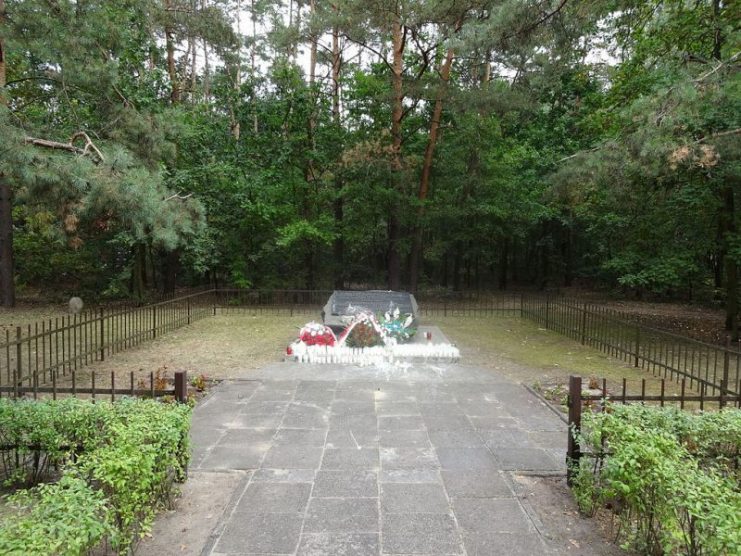
But it is likely that it will be recreated at the Polish History Museum, according to local news reports. Both the museum and the institute are located in Warsaw.
In 2004, the Smolareks joined the ranks of more than 7,000 Poles whose names have been added to the list of “Righteous Among Nations” at the Yad Vashem Holocaust Memorial, which was established in 1953 in Jerusalem.

According to the Memorial’s website, the shrine is Israel’s “official memorial to the victims of the Holocaust. It is dedicated to preserving the memory of the dead; honoring Jews who fought against their Nazi oppressors and Gentiles who selflessly aided Jews in need” as well as those who “risked their lives, liberty or positions to save Jews from the Holocaust.”
Read another story from us: Strange but True: Jews Fought For Germany in WWII
There are so many stories about the suffering endured by the Jews during the war that it is easy to believe that at the time, no one helped, no one resisted the Nazis’ terrible desire to wipe them out.
Hearing this tale about a barn’s hidden safe space is a heartening reminder that, in fact, some people did save others, no matter how grave the risks they faced while doing so.
